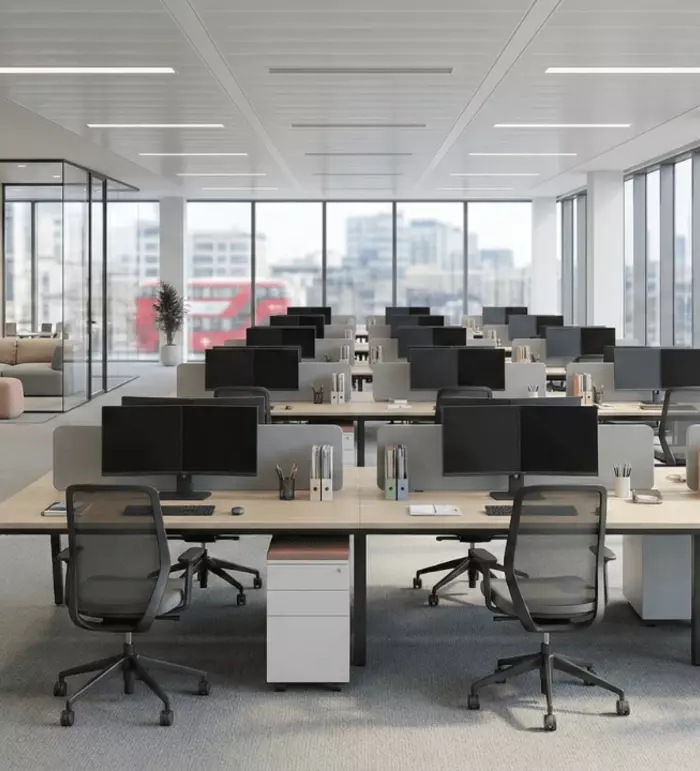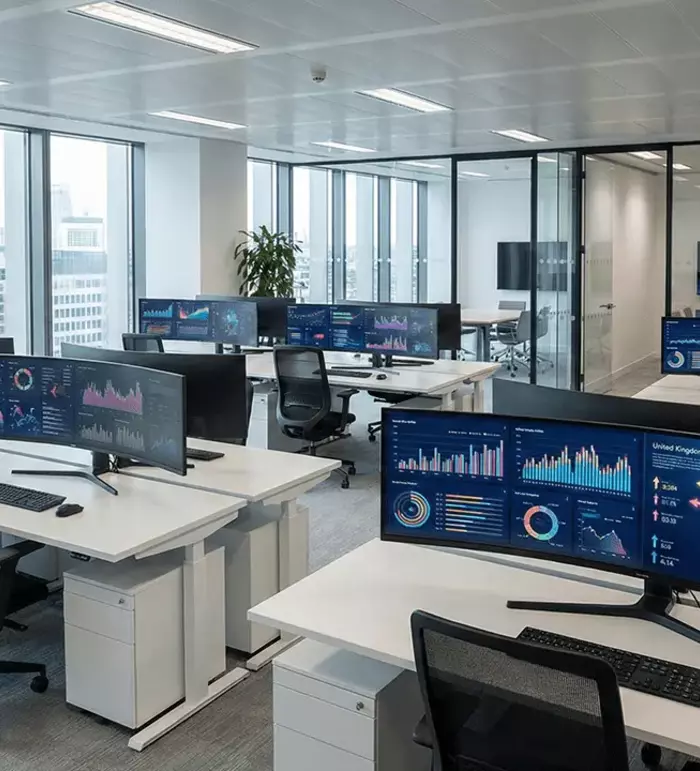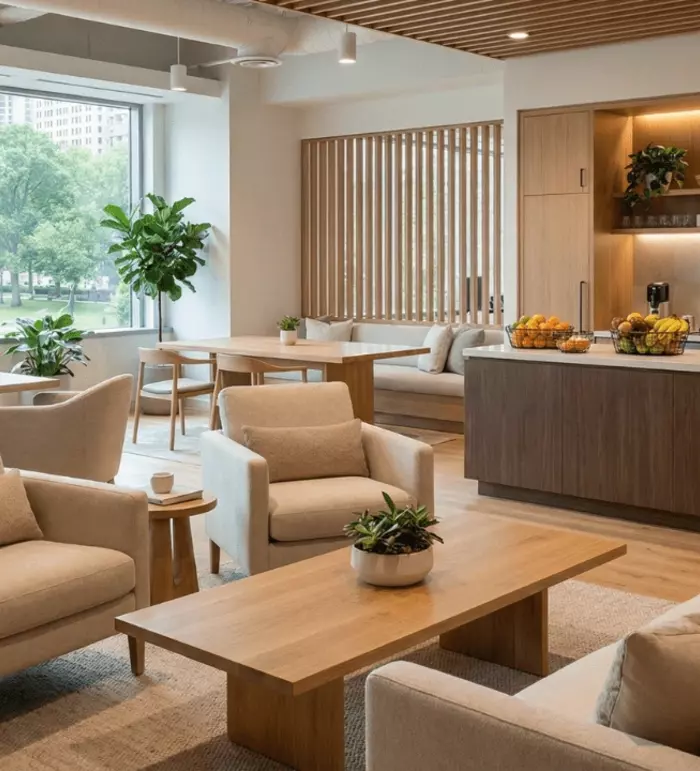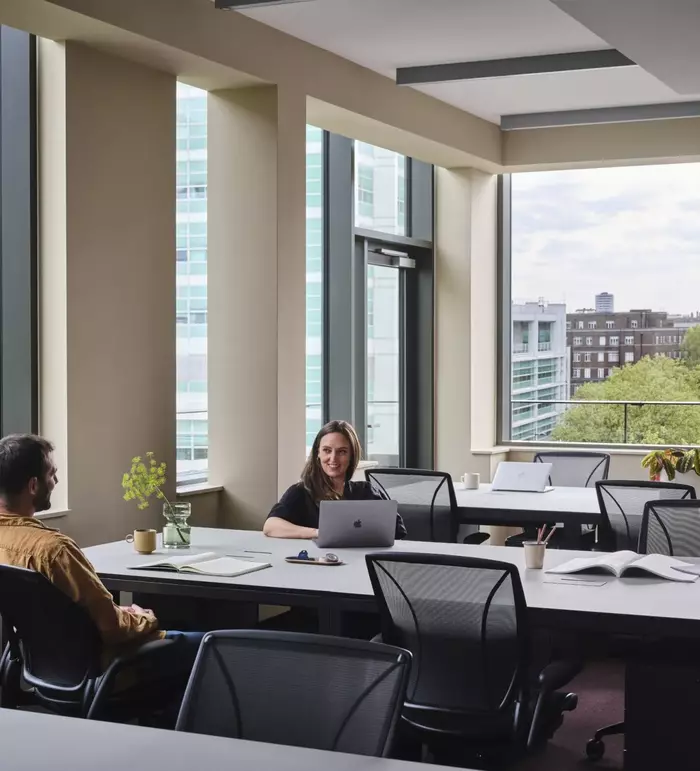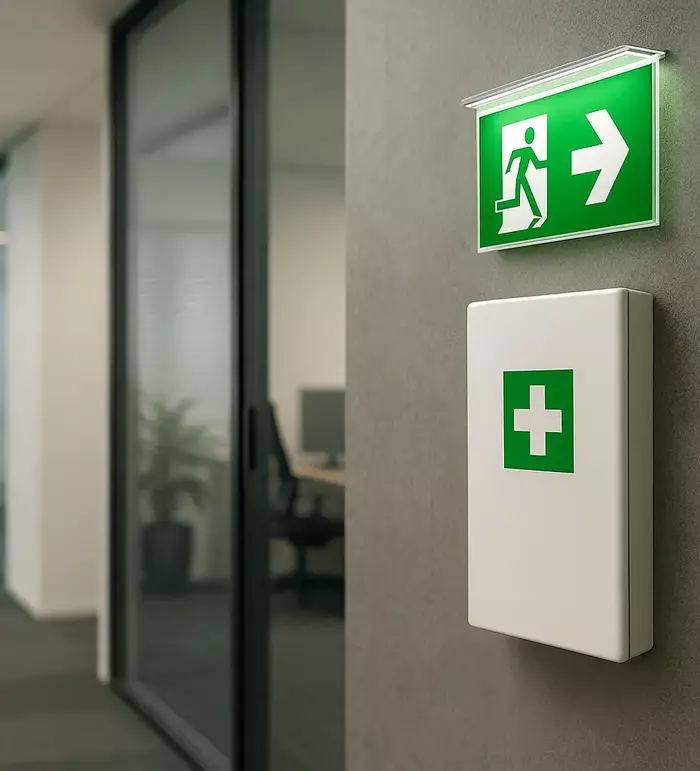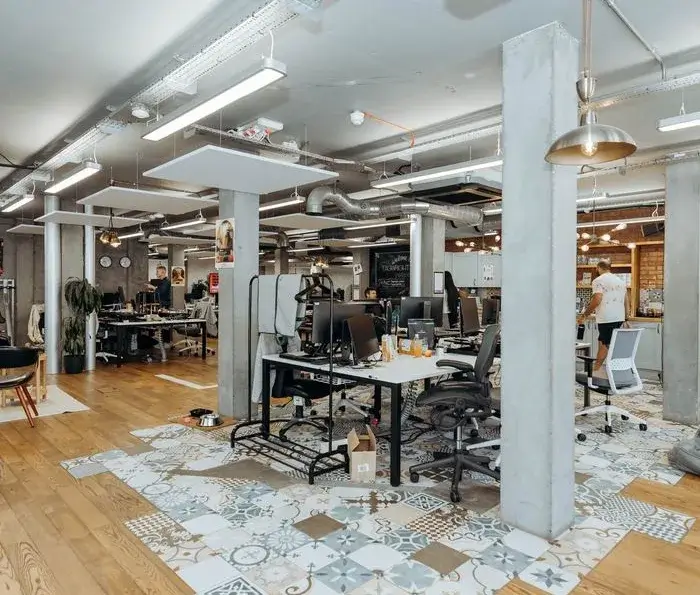The market got noisy about hybrid, then louder about return to office, then predictably confused. Through all of it, one thing has been consistent: teams commute for quality. That is the premium office trend in plain English. When the space is better than home, people show up, stay longer and perform better. When it is worse, they do not. Simple.
For leaders, the question is not whether premium offices exist. It is whether they pay back. In the current economy, every square foot has to carry its weight. The good news is you do not need marble on the lift lobby to win talent. You need a workplace that supports real work, with a commute that does not punish people and amenities that make the day flow. If that sounds like your next move, start with a grounded search across the full market so you can compare formats and deals side by side through a single adviser. That is exactly what our office space in London page and team specialise in, from first brief to signed terms.
Key takeaways
- The premium office trend is about performance, not luxury finishes
- Talent chooses offices that beat home on focus, tech and commute
- Use managed or serviced models to access premium faster
- Right-size space to post-pandemic utilisation, not old 80% myths
- Measure outcomes and renegotiate with data, not vibes
What the premium office trend actually means in 2025
Premium is not about a foosball table with dust on it. It is a set of conditions that produce better outcomes for people and the business. Global research from Gensler shows that workplace quality correlates with higher individual and team performance, and that design, tech and neighbourhood all matter to perceived effectiveness, not just square footage or headcount density, as outlined in the Gensler Global Workplace Survey 2024.
In the UK context, office utilisation has reset. The British Council for Offices reports post-pandemic utilisation stabilising around 66%, down from a long-standing 80% assumption. That matters because it changes how you plan desk counts, collaboration areas and amenities, so you are not paying for the ghost of 2019, according to the BCO publications hub.
Premium is not gold taps, it is performance
Think of premium as "above baseline experience that sustains high-value work." It shows up in acoustic control, reliable video rooms, ergonomic setups and frictionless building tech. It appears in the neighbourhood too, through food, fitness, green space and transport. These are the ingredients that make people say yes to the commute. The best way to access them quickly is to survey the full range of serviced and managed offices across your target area so you can compare specifications against budget through a single shortlist. Our service does exactly that, across 99% of the market, with zero search fees.
The talent lens: who notices and why
Employee expectations have shifted. Younger cohorts are vocal about wellbeing, design and inclusive amenities, but they are not alone. Leesman's workplace datasets show an improvement in average workplace experience scores since 2019, yet home still outperforms many offices. The trick is to narrow that gap by investing in the elements that move the needle, not by chasing novelty, as highlighted in Leesman's analysis on workplace experience. When the environment supports focused work and effortless collaboration, presence follows.
The business case behind premium space
Let us deal with money like adults. A premium office has to prove itself. There are three areas where it does: productivity signals, talent outcomes and risk reduction.
On productivity, high-performing workplaces show better self-reported focus and collaboration outcomes in independent studies. Cross-reference that with your own pipeline, cycle times and quality metrics, and you will often see fewer rework loops and faster decision velocity when teams spend the right days together. That is not magic, it is human factors. Your job is to make the in-office days count.
Talent outcomes are more immediately visible. Strong offices shorten time-to-hire and improve acceptance rates. They also play well in retention because people value a place that respects their day. In a softening labour market, you could argue you can skimp. You could also enjoy higher replacement costs when your best people leave. The Office for National Statistics shows vacancies trending down, but that does not mean your highest performers are suddenly easy to keep, as shown in ONS vacancies data for July to September 2025.
Productivity, focus and collaboration signals
Use a simple dashboard: focus on satisfaction, meeting effectiveness, time to decision and cross-team throughput. Collect the baseline before you move. Then review again after 90 days in the upgraded space. Gensler's 2024 dataset links workplace quality to performance, so your internal numbers should move in the same direction if the design is right, as indicated in Gensler's workplace surveys.
Occupancy reality and how to size right
Stop budgeting for 80% desks occupied daily. Post-pandemic utilisation is closer to two thirds, with peaks on anchor days and troughs mid-week in some sectors. Right-size space to utilisation plus a fair buffer for peaks, then reinvest the surplus in fit-out quality, collaboration areas and better tech. The BCO's analysis spells out the shift, so use it to calibrate density and amenities rather than guessing, drawing on the BCO research hub.
To put choice on the table without long commitments, compare managed office space with your target postcodes. In the same area, add serviced offices as a benchmark, then include one or two leased options for long-term comparisons. This gives finance a clean picture of cash flow versus control.
What "premium" looks like on the ground
Premium is visible and felt. It starts at the front door with security that is quick, not theatrical, and lifts that do not make people reconsider the stairs. It continues with daylight, fresh air, and areas tuned for both focus and collaboration. It finishes with a neighbourhood amenity and an easy route home. If those boxes are ticked, the office earns its commute.
A typical shortlist in London might include buildings with strong ESG credentials, great cycle storage and showers, high acoustic performance in meeting rooms, plentiful small huddle spaces, and landlord Wi-Fi that does not collapse under hybrid calls. When you are comparing, do it live. Book tours in different sub-markets and keep a consistent scorecard. Our City of London office listings are a useful launch point for seeing how spec, transport and costs vary street by street.
The must-have features employees value
- Acoustic privacy in focus areas, not just phone booths
- Reliable video collaboration in small rooms, not only boardrooms
- Ergonomic furniture that fits real people, not catalogues
- Daylight and views, supported by good artificial lighting design
- Showers, lockers and secure bike storage to support active commutes
- Great coffee and food nearby, plus third spaces for informal work
Leesman's research makes it clear: get the basics right first, then add the nice-to-haves once the foundations work, which is reinforced by Leesman's experience gap analysis.
Location, commute and surrounding amenities
Location amplifies everything. A high-spec building in a dead zone will underwhelm. A good building in a well-served neighbourhood can still feel premium because the day is easier. Transport, walkability and green space all shape whether people volunteer extra days in the office. If your team is mixed-mode, consider core days near client clusters to increase the value of in-person time. Our guide to serviced, managed & leased offices explains how different models let you plant a flag in the right neighbourhood without over-committing.
Cost control without compromising quality
Premium can be paid for with smarter format choices and better negotiation, not just bigger budgets. In a market where vacancies are easing and landlords are competing to stabilise occupancy, incentives are available. That tends to show up as rent-free periods, contribution to fit-out, or flexibility on expansion rights. The exact package varies by sub-market and building health, but there is value to unlock when you bring recent comps and a credible alternative.
Macro data shows the labour market softening through 2025, with vacancies down for the 39th consecutive period from July to September. That environment can shift leverage back toward occupiers who move decisively, based on ONS vacancy trends.
Serviced vs managed vs leased, and when to choose each
- Serviced: fastest route to quality, ideal for teams that want private space with shared amenities, and minimal setup. Good for testing a market or consolidating after a lease ends.
- Managed: more control of layout and branding without a long lease. Strong for 30–150 desks where experience matters and you want your own front door.
- Leased: long-term control if you need bespoke infrastructure or plan to amortise a tailored fit-out over years. Pair with a realistic utilisation forecast.
You can compare all three in one go via our market-wide London office search and get a short, curated list that fits your brief.
Negotiation levers that still work in 2025
- Ask for escalation caps tied to measurable upgrades, not just inflation.
- Trade length of term for expansion options rather than headline rent alone.
- Use utilisation data to right-size fit-out spend where it actually changes behaviour.
- In multi-let buildings, negotiate priority access to the best shared amenities.
A simple playbook for decision makers
You do not need a 60-page strategy. You need a clear outcome and a disciplined process. Start with what success looks like in six months and twelve months. That could be time-to-hire, focus satisfaction, meeting quality and client win rate. Then design the space and policy to support those outcomes, and pick a format that lets you iterate quickly. Serviced and managed models are useful here because they reduce upfront cost and time to value.
Run a structured search across your preferred postcodes, then visit three to five buildings with a consistent scorecard that covers acoustic quality, daylight, tech reliability, amenity and commute. Our advisors pull from the entire market and manage tours so leaders can compare like for like across price, spec and terms through one touchpoint.
Define success, then shortlist
- Outcomes: pick four metrics you can actually measure in 90 days
- People: define team personas and anchor days to model utilisation
- Place: choose sub-markets based on client access and commute routes
- Product: select serviced, managed or leased based on time horizon and control
Pilot, measure, then scale
Pilot a premium environment for a segment or a floor. Measure the four outcomes against the baseline. If numbers move, roll the model to the rest of the team, keeping room to adapt. Use post-occupancy feedback in months one and three to tweak settings. This is boring in the best way. It is how you turn "trend" intoan advantage.
Conclusion
Premium offices are winning the talent war because they respect people's time, energy and craft. They feel better, work better and help teams deliver. Treat premium as a performance standard, not a luxury category, and fund it by being clever about format, size and negotiation. If you want a shortlist that balances quality with cost, our London specialists will get you there fast with options across serviced, managed and leased.
FAQs
Is the premium office trend just a London thing?
No. London shows it clearly because supply is deep, but the same pattern appears in major UK cities where location, amenity and transport make office days more valuable.
How do I justify a premium office to finance?
Tie it to outcomes you can measure, such as time-to-hire, focus satisfaction and decision speed. Use 90-day before-and-after metrics to demonstrate impact. Support your capacity assumptions with BCO utilisation evidence from the BCO research hub.
What is the fastest way to access a premium environment?
Serviced or managed models get you into quality space quickly with minimal capex. Start with a managed office comparison and add two serviced options as benchmarks.
Are vacancies falling a bad sign for moving now?
Falling vacancies suggest a softer labour market, which can improve negotiating leverage for occupiers. Move decisively and you can secure better incentives, as shown in ONS vacancy statistics.
What if my team is hybrid and unpredictable?
Plan for utilisation, not assigned desks. Invest in great small meeting rooms, unbookable focus seats and reliable video. Then adjust the space after the first three months based on actual patterns.
